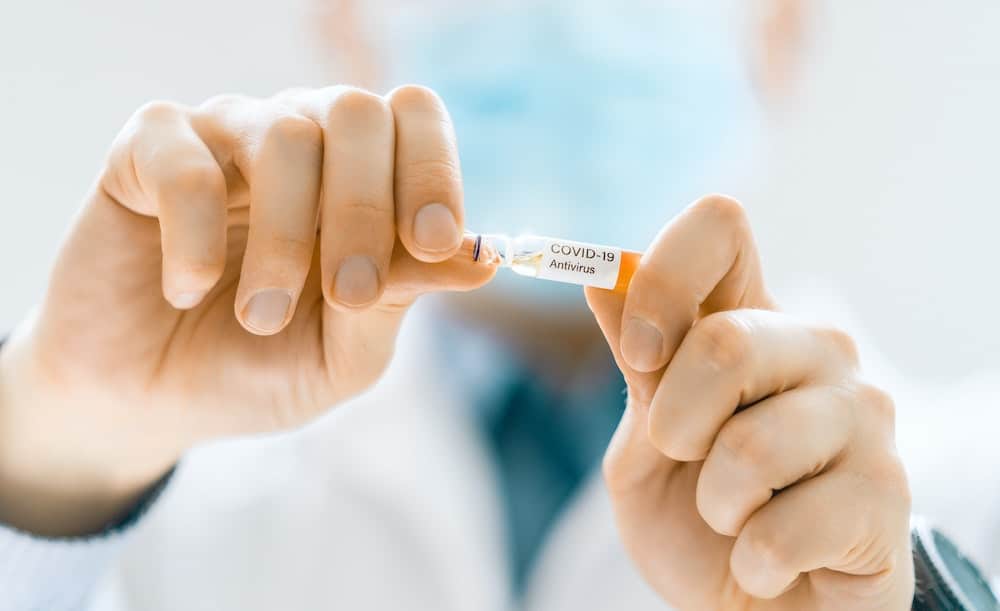How to Use 3D Motion Analysis to Prevent Injuries in Baseball Pitchers?

In baseball, pitching is perhaps one of the most physically demanding roles. The high-speed, repetitive motions often place immense strain on the pitcher’s body, leading to a heightened risk of injury. In recent years, the use of 3D motion analysis has emerged as a leading-edge technology to study the biomechanics of baseball pitching with a view to prevent injuries. This comprehensive guide will explore how this innovative tool can be used to help pitchers maintain their physical health and maximize their performance.
Understanding the Basics of 3D Motion Analysis
Before delving into the practical applications of 3D motion analysis in baseball, it’s important to comprehend what this technology entails and how it works.
Also read : What’s the Role of Altitude Masks in Training for High-Elevation Competitions?
3D motion analysis, also known as 3D motion capture, is a technique that involves tracking and measuring the movement of objects or people in three-dimensional space. This is achieved through the use of specialized cameras and sensors that record the position and orientation of specific markers placed on the body. The data captured is then processed to generate a digital representation of the subject’s movements, providing detailed insight into the biomechanics of their actions.
In the context of baseball, 3D motion analysis can be used to study the intricate details of a pitcher’s throwing technique. By capturing the subtle nuances of each pitch, this technology can help identify any biomechanical issues that might be contributing to injury risk or suboptimal performance.
Additional reading : How to Build a Nutrition Plan for Combat Sport Athletes Cutting Weight?
Identifying Risk Factors Using 3D Motion Analysis
The main advantage of 3D motion analysis lies in its ability to provide an objective, detailed assessment of a pitcher’s mechanics. This section explores how this technology can be used to identify risk factors contributing to injuries in pitchers.
When a pitcher throws a ball, the action involves a complex sequence of movements that engage various parts of the body. If any part of this sequence is executed incorrectly, it can place undue stress on certain joints or muscles, increasing the risk of injury.
By providing a comprehensive view of a pitcher’s movement sequence, 3D motion analysis can help pinpoint these problematic areas. For instance, it can identify if a pitcher is over-rotating their shoulder or putting too much stress on their elbow. It can also detect subtler issues, such as imbalances in weight distribution or misalignment in body posture. All these factors, if not corrected, can lead to acute injuries or chronic conditions over time.
Optimizing Performance with 3D Motion Analysis
Aside from injury prevention, 3D motion analysis can also play a critical role in enhancing a pitcher’s performance. By providing intricate details about the mechanics of a pitch, it can help identify areas for improvement and devise personalized training strategies.
One of the key aspects of a successful pitch is the efficient transfer of energy from the ground, up through the body, and into the ball. 3D motion analysis can assess how effectively a pitcher is utilizing this kinetic chain, and can provide insight into any energy leaks that might be hampering their performance.
Additionally, the technology can also provide feedback on a pitcher’s speed and accuracy. It can measure the velocity and trajectory of the ball, the speed of the arm during the throw, and the timing and coordination of the body movements. By analyzing these elements, coaches and trainers can provide targeted feedback to help pitchers fine-tune their technique and optimize their performance on the mound.
Incorporating 3D Motion Analysis into Training Routines
Incorporating 3D motion analysis into a pitcher’s training routine can be a game-changer. However, it’s important to approach this in a strategic and effective manner.
Firstly, the use of 3D motion analysis should be seen as a supplement to traditional training methods, rather than a replacement. It’s a tool that can provide valuable insight, but it’s ultimately the application of this insight in training and practice that will yield results.
Secondly, it’s crucial to carry out the analysis under the guidance of a trained professional. Interpreting the data from a 3D motion capture session requires a deep understanding of biomechanics, and any changes to a pitcher’s technique based on this data should be implemented with professional supervision.
Lastly, the use of this technology should be tailored to the individual needs and goals of the pitcher. While there are certain universal principles in pitching mechanics, each pitcher has their own unique style and physical attributes. As such, the insights from 3D motion analysis should be used to enhance the individual’s strengths and address their specific areas of concern.
The Future of 3D Motion Analysis in Baseball
As technology continues to evolve, the role of 3D motion analysis in baseball is likely to grow even more significant. With advancements in artificial intelligence and machine learning, we can expect more sophisticated analyses and predictive models that can provide unprecedented insights into the art of pitching.
One potential development could be the use of real-time 3D motion analysis during games. This could provide instant feedback on a pitcher’s mechanics, allowing for immediate corrections and adjustments. Another possibility is the integration of wearable sensors with 3D motion capture technology, enabling more convenient and frequent data collection.
By embracing these technological advancements, the baseball community can continue to push the boundaries of performance and injury prevention, safeguarding the health and careers of pitchers.
Wearable Technology and 3D Motion Analysis
The future of 3D motion analysis is not confined to labs and training centers. The technology is becoming increasingly portable, opening up the possibility of incorporating wearable sensors into a pitcher’s gear. This could revolutionize the way we collect data and provide insights into the pitcher’s technique.
Wearable sensors can capture data in real time, during both training sessions and actual games. This provides a more natural and comprehensive picture of a pitcher’s mechanics, as it includes the effects of fatigue, stress, and other factors that can’t be simulated in a lab.
More importantly, the data from these sensors can be combined with the data from a 3D motion capture session, creating a more holistic view of a pitcher’s technique. This fusion of data can reveal deeper insights into the biomechanics of a pitch, helping to identify subtle inefficiencies or risks that might be overlooked when using each technology separately.
However, it’s important to use wearable sensors responsibly. The data they provide should supplement, not replace, the guidance of experienced coaches and trainers. Moreover, while wearable technology can provide valuable insights, it should never be used to push a pitcher beyond their physical limits or encourage unhealthy practices.
Conclusion: The Role of 3D Motion Analysis in Injury Prevention and Performance Enhancement
In conclusion, 3D motion analysis has the potential to transform the world of baseball. By providing detailed, objective insights into the biomechanics of pitching, this technology can help prevent injuries and optimize performance.
However, it’s important to remember that 3D motion analysis is just one tool in a pitcher’s arsenal. It should complement, not replace, traditional training methods and professional guidance. After all, the art of pitching is not just about physical mechanics; it’s also about mental toughness, strategic thinking, and a deep love for the game.
Looking ahead, the integration of 3D motion analysis with wearable technology could provide even more profound insights into the art of pitching, paving the way for new training methods and injury prevention strategies. As we embrace these technological advancements, we can look forward to a future where every pitcher can reach their full potential, free from the fear of injury.
